I do get pointed in the right direction at each ALAN Workshop when I hear authors speak and take the opportunity to chat with colleagues about what they are reading and about what I am missing. Obviously, this blog is richer with other participate. I am open to those of you would like to write about some of the genres that are out of my wheelhouse. Just send me a message and we will fit you in the schedule.
Today I am going to repeat what I did last year. I am going to offer a set of Bick’s Picks for 2017. Last year I picked 6 and I just reviewed that set of books and I think they all hold up. As 2017 went into full swing, several of them won awards and/or made the short list. You can also review them at this link.
Below, you can see this years Bick’s Picks. I picked 8, I did it quickly; these are the books that have stayed with me through the year or hit me hard just recently. The picks are in no particular order (That would be an internal battle that I don't have time to do right now.). I do provide a link to the authors page and a link to a the Kirkus Review. The cover image is also linked to place where you can get the book. I hope some of you received a bit of holiday money that needs to buy a book or two. I think readers will like, if not love these books. I would love for you to post your opinions,
As an added bonus, I saved you from my commentary. This time it is just the list.
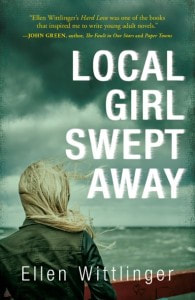

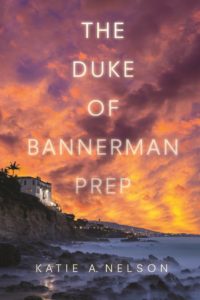
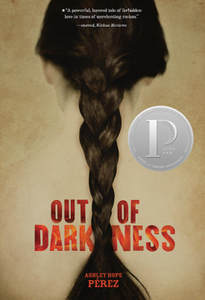
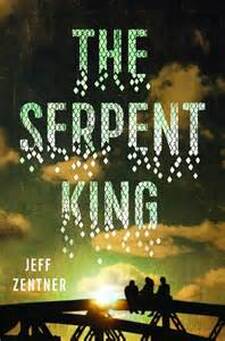
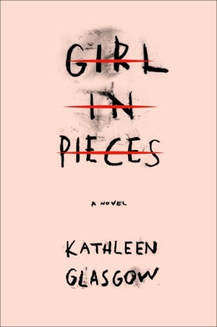
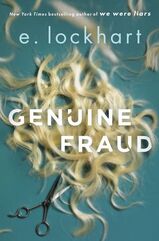
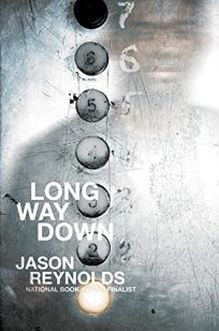
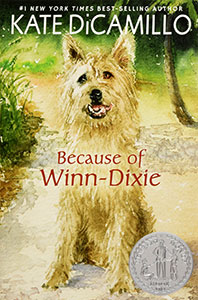
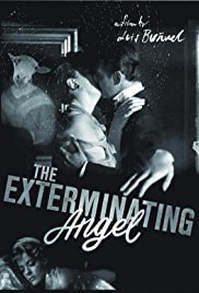
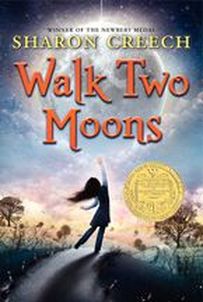
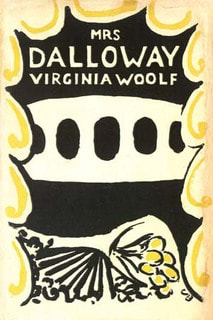
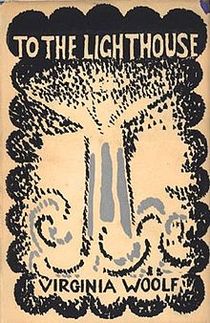
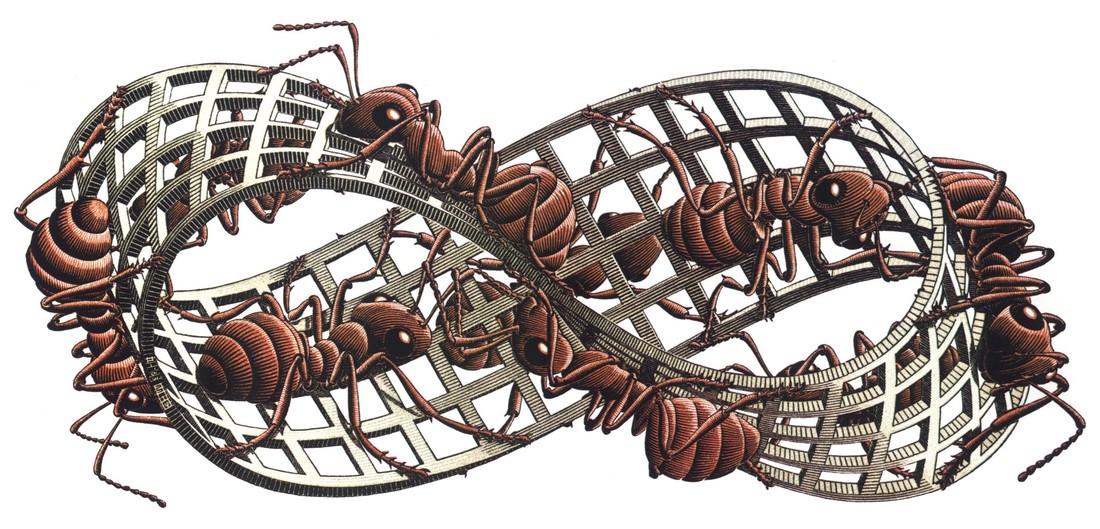

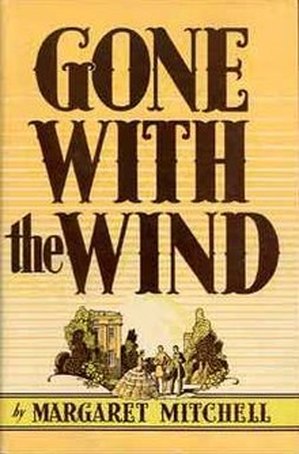
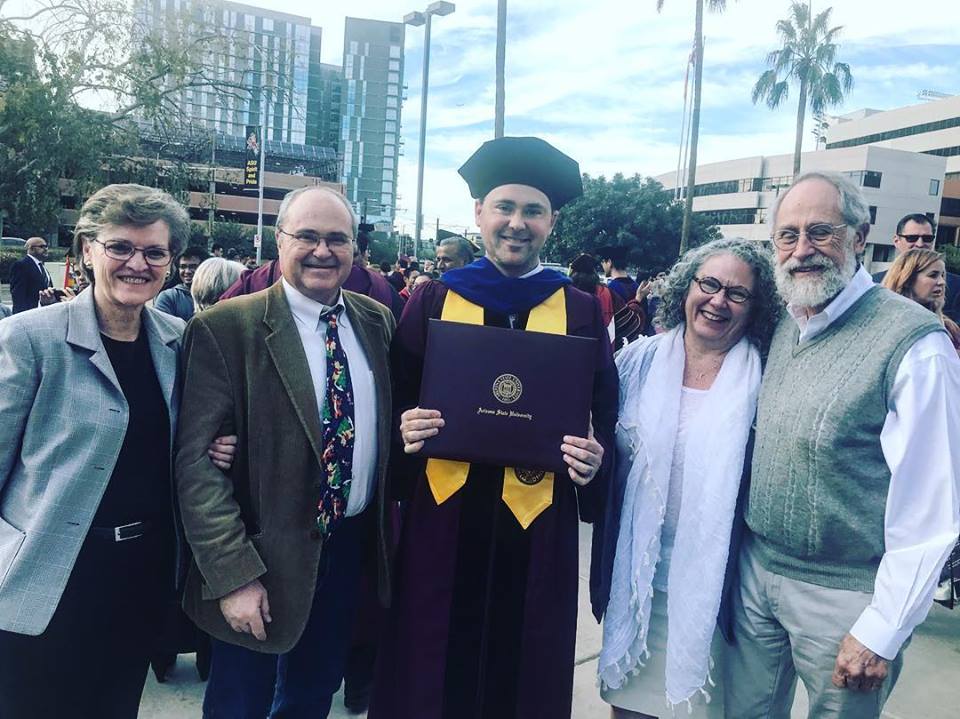
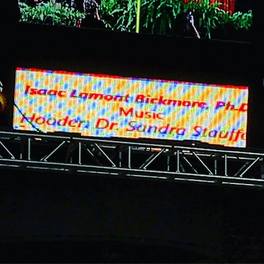
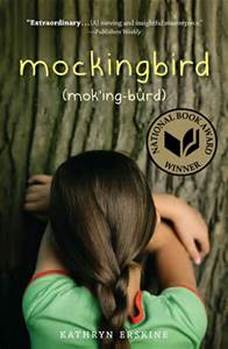
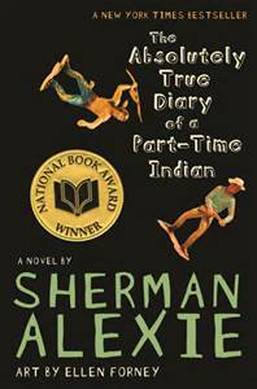
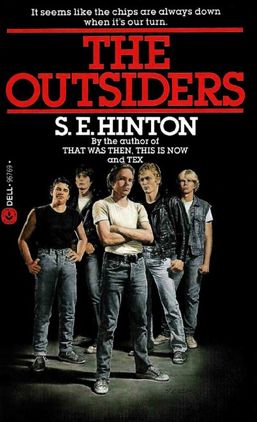
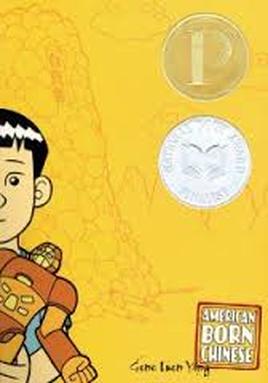
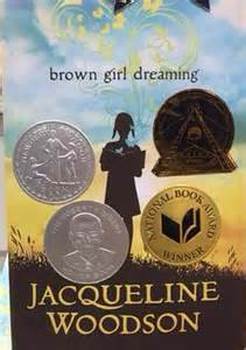
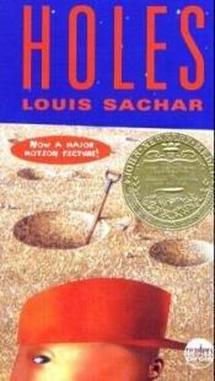
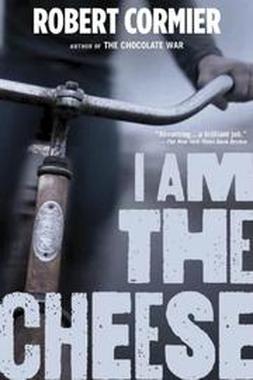
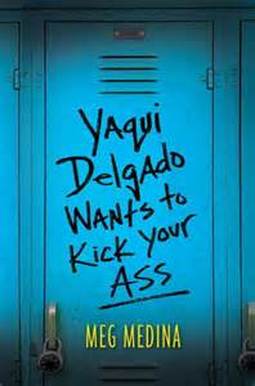
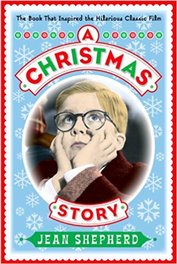
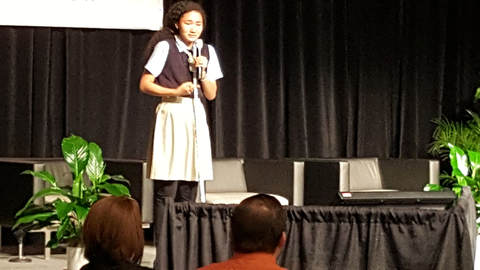
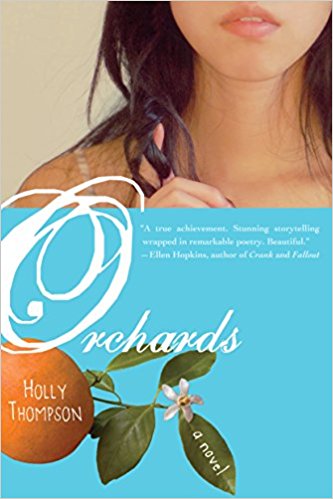
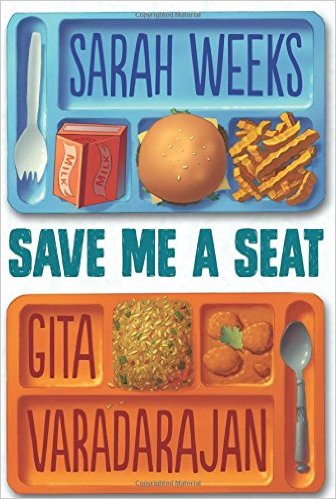
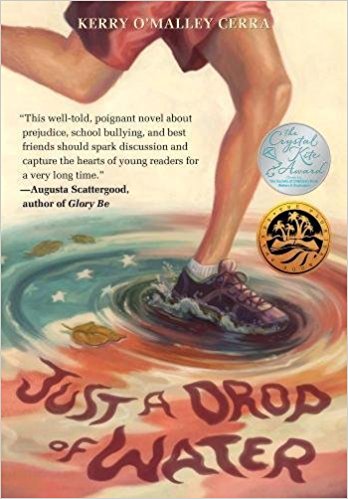
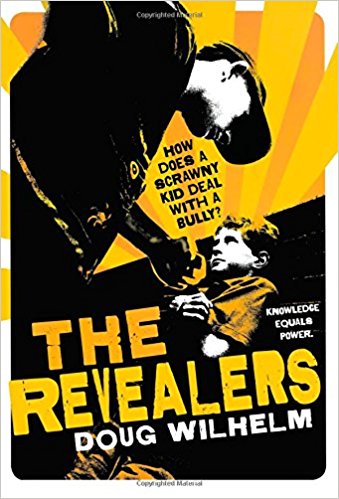
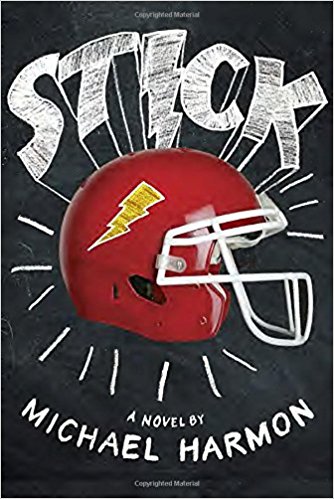
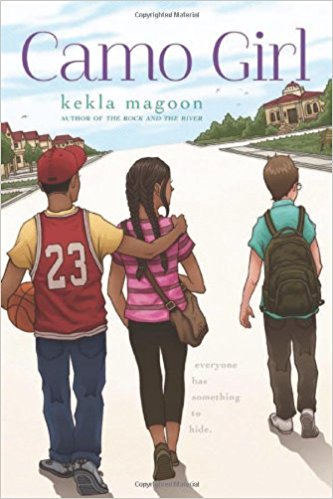
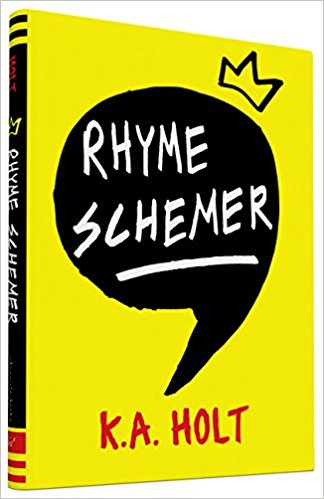
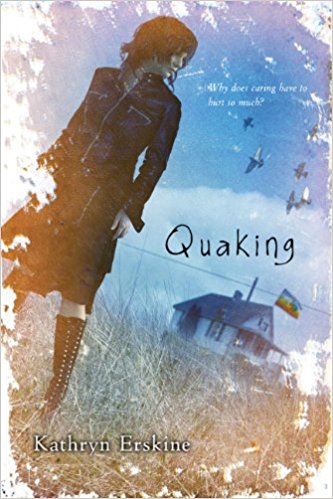
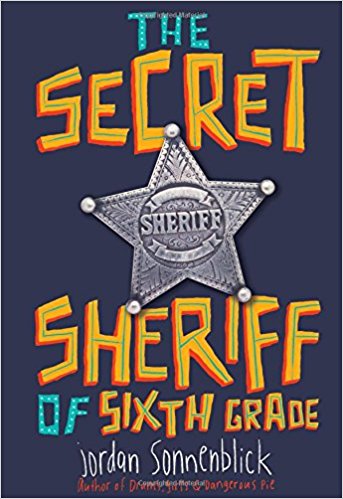
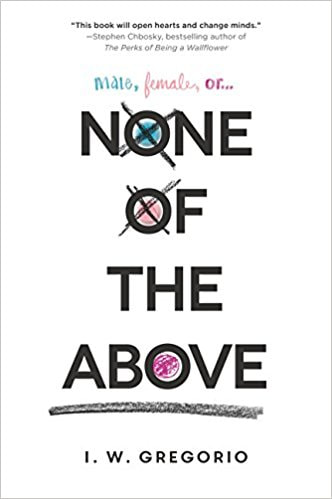
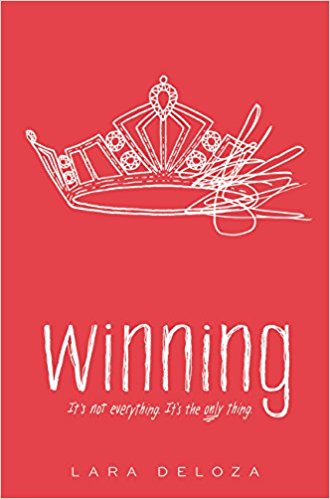
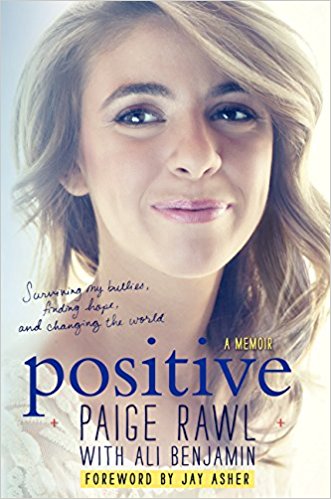
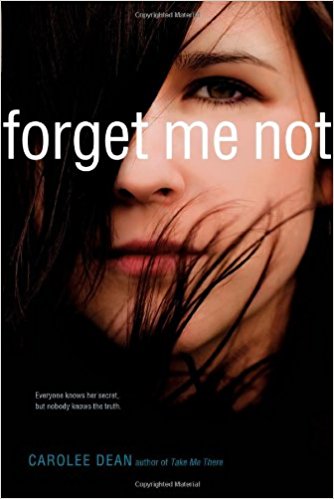
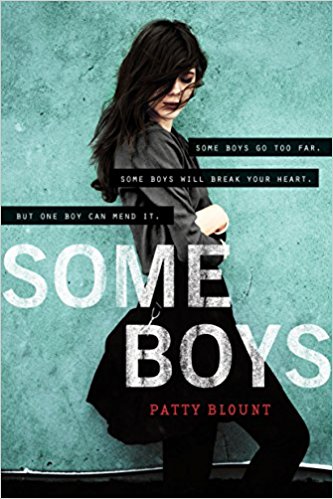
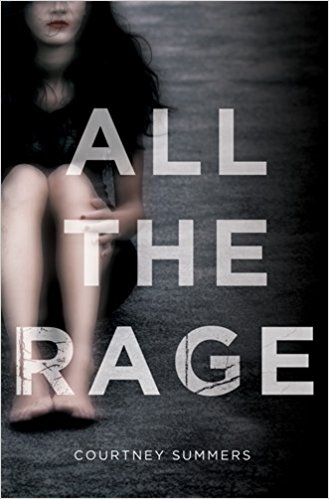

 RSS Feed
RSS Feed